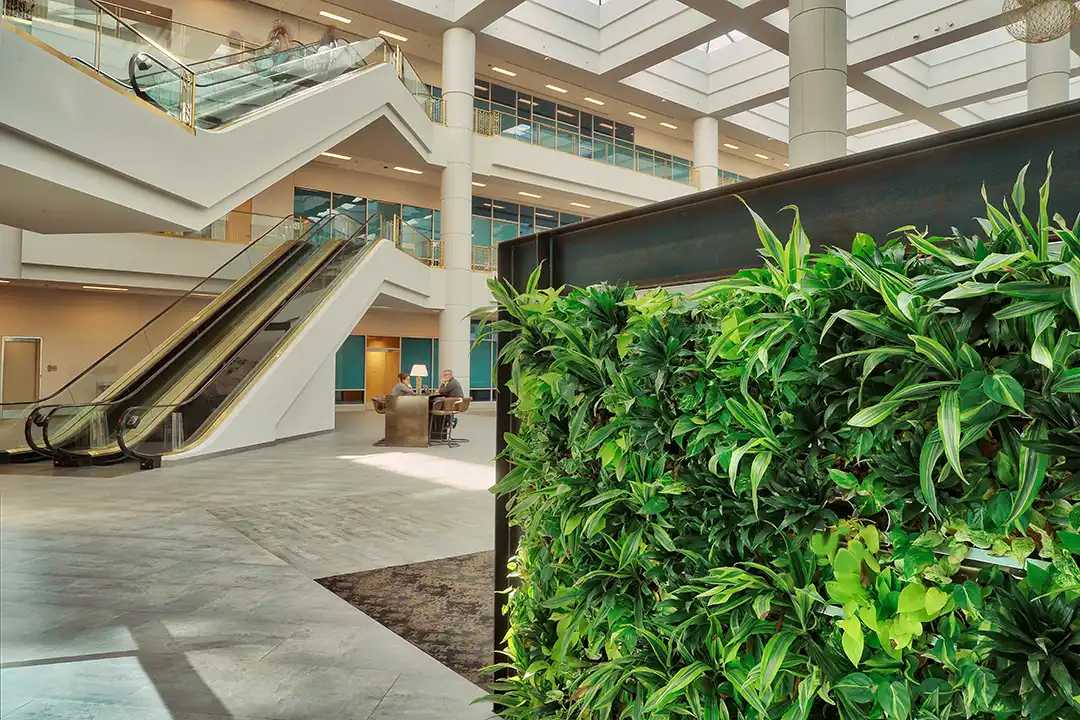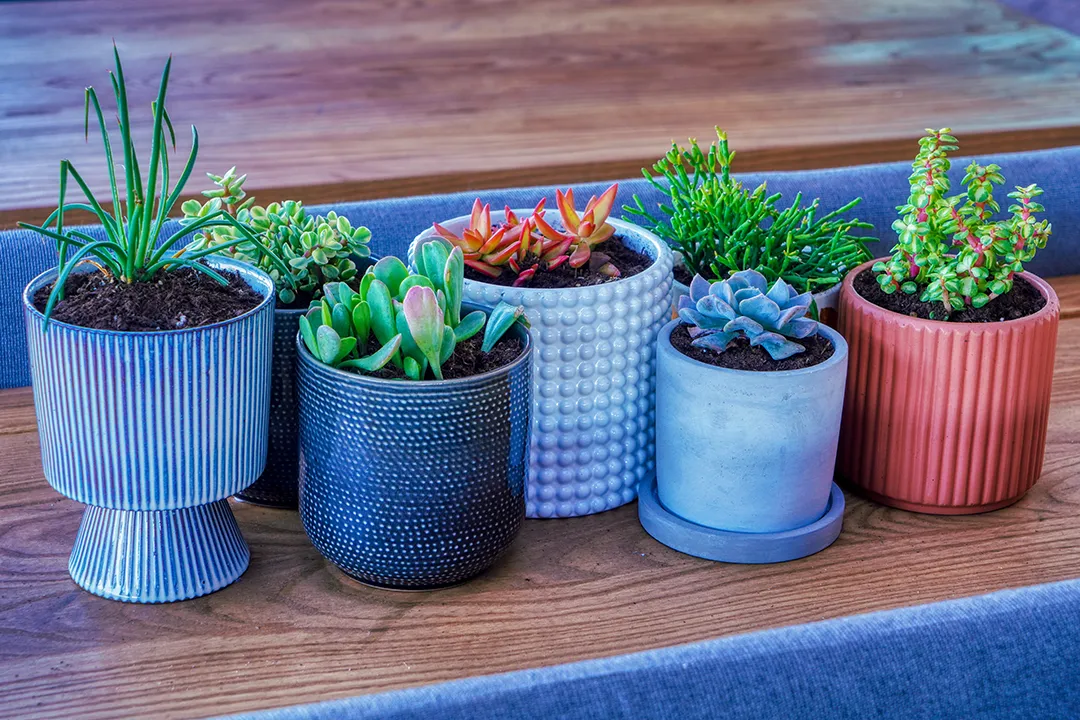
Comparing biophilic design to biomimicry.
When studying design, it’s easy to confuse biophilia and biomimicry as interchangeable concepts. While both arise from a profound appreciation for nature, significant differences exist between the two.
What is biomimicry?
According to the Biomimicry Institute, biomimicry is the practice of learning from and mimicking the strategies evolved by organisms in the natural world. This innovative method models natural forms, patterns, and processes to tackle technological challenges. Essentially, biomimicry replicates nature’s problem-solving techniques to create sustainable solutions for human design issues.
Example of Biomimicry:
A prime example of biomimicry is the design of wind turbine blades that replicate the bumps found on the front edge of a whale fin. These bumps enhance the whale’s efficiency in the water, and when mimicked on turbine blades, they similarly improve performance while reducing drag.

What is biophilic design?
In contrast, biophilia emphasizes our innate connection to nature, focusing on how being surrounded by natural elements can promote healing and well-being. Biophilic design integrates natural materials, shapes, and plants into our environments, stimulating our senses and strengthening our bond with nature.
Sensory Engagement:
Biophilic design works with our senses—sight, smell, hearing, touch, and taste—to create a holistic experience. For example, the living plant walls at Plant Solutions exemplify how incorporating nature can enhance interior design and foster a deeper human-nature connection.
Key differences between biophilic design and biomimicry
While both terms contain “bio,” they serve distinct purposes:
- Biomimicry: Think of it as using nature’s recipes to create more sustainable human designs in forms, processes, materials, and products.
- Biophilic Design: Consider it as a strategy to deepen our connection to the natural world, ultimately enhancing human health and wellness.
Understanding these differences is vital for anyone working in the field of design. They may share a foundation in nature, but their applications and impacts are uniquely significant.
By recognizing the distinctions between both concepts, designers can more effectively harness the power of nature in their work. Whether enhancing our connection to nature or solving technological challenges through biomimicry, both approaches play essential roles in creating a sustainable and healthy built environment.
Choose sustainable plant solutions for your office
Partner with us to ensure your plants are sourced sustainably and maintained with care. From installations to eco-friendly horticultural services, we can help you design a workspace that aligns with your company’s CSR initiatives. Contact us today!
